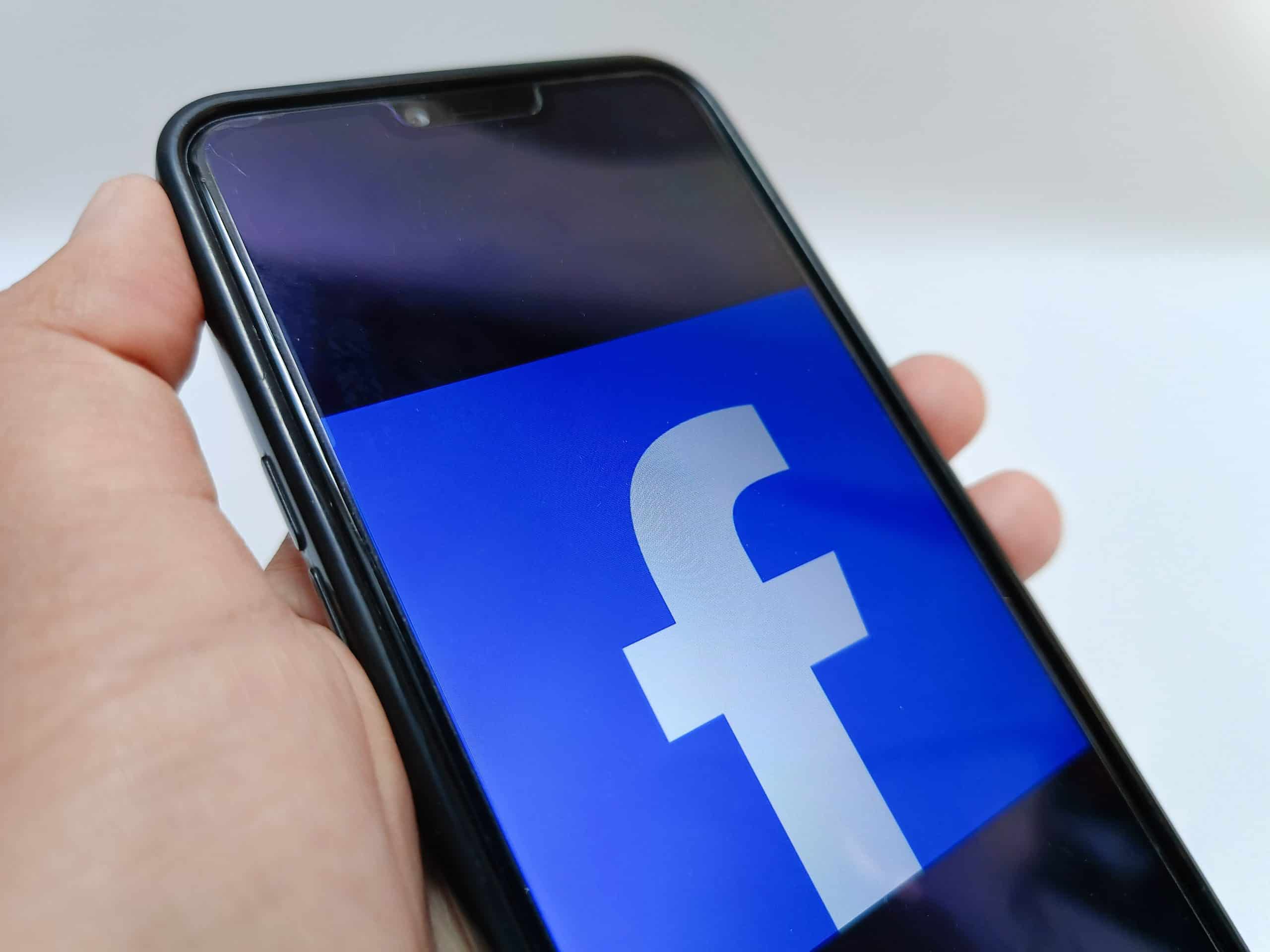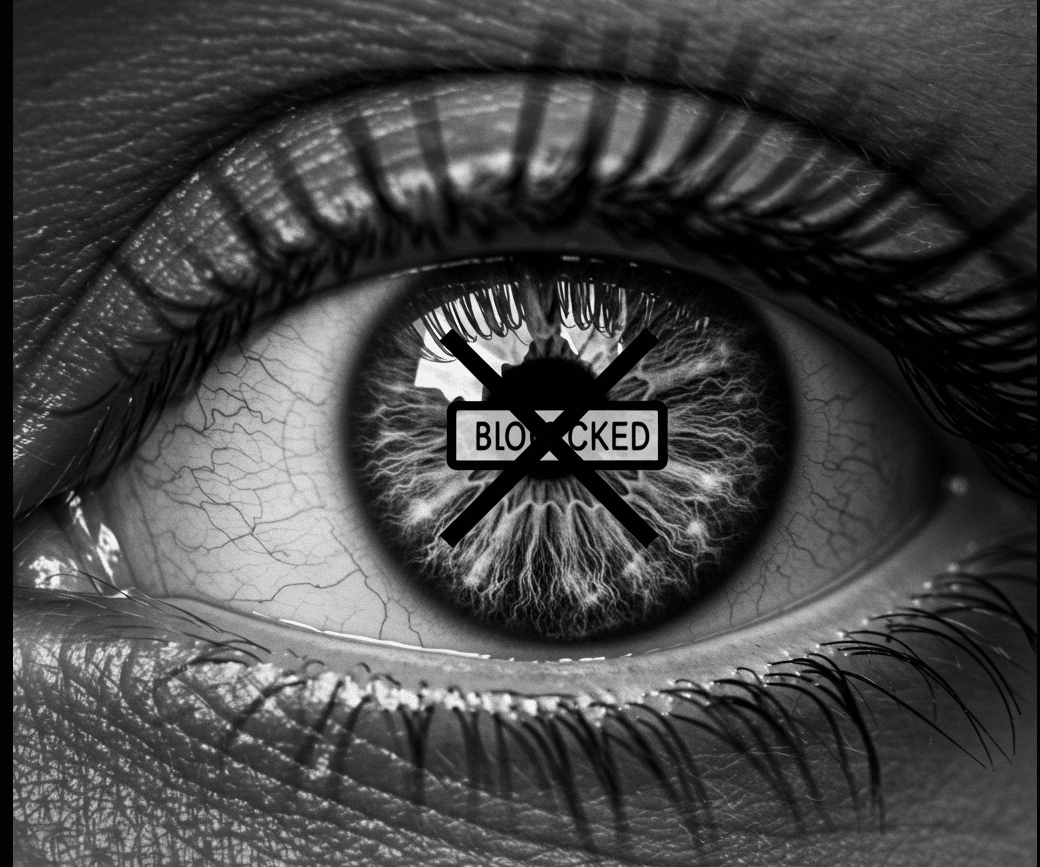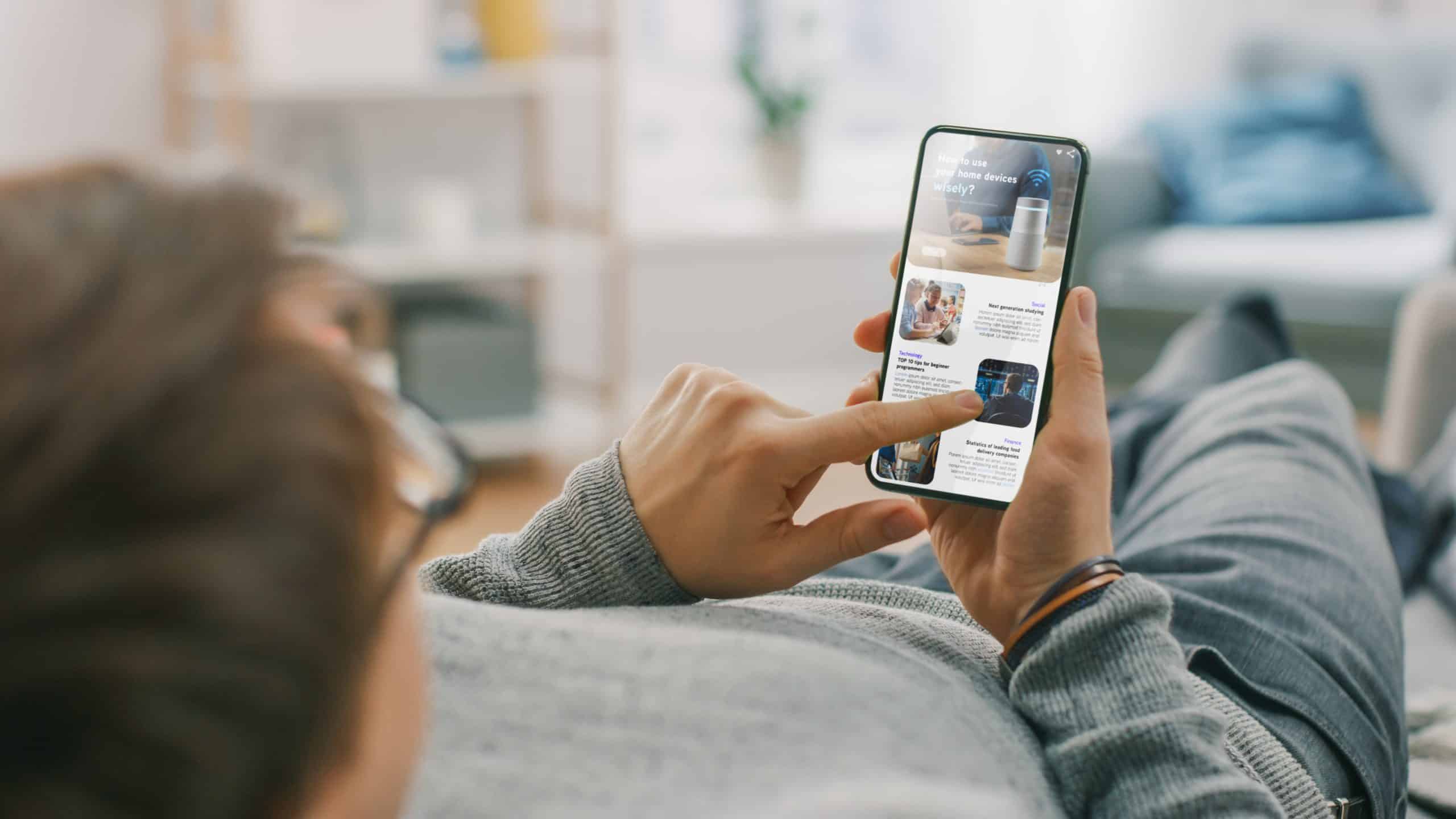Facebook is the largest social media platform in the world, where billions of people gather online to share resources and connect with other people. But, Facebook is more than an online network for people to stay in touch with friends: The platform is also a great resource for companies looking to connect with customers directly while learning more about their interests, pain points, and needs. At the same time, brands can educate consumers about the value their products could bring into their lives by posting status updates, images, videos, and live broadcasts, and participating in groups, by setting up a free business page.
“Facebook remains one of the most powerful platforms for business growth because it’s built for connection, conversation, and community,” Sophie Musumeci, founder of Real Entrepreneur Women, explains. “Unlike other platforms, where content is fleeting, Facebook allows businesses to create a home base — a place where their ideal clients can engage, learn, and buy.”
With creative consumer-driven content, and carefully crafted targeted ads, companies have everything to gain by showing up to this online watercooler. Here’s how to use Facebook to your advantage.
How Does Facebook Work?
Facebook functions in a similar way for businesses as it does for individuals. People can sign up for a Facebook profile for free, and then share content like text statuses, videos, pictures, and external links to articles, and then use their platform to connect with others. Companies do basically the same thing on Facebook by setting up a business page. After creating a page, brands can post content, join groups to connect with others, purchase ads for specific audiences, and follow the accounts of other businesses and public pages.
“Your business page is important, but your real impact happens inside a thriving Facebook group,” Musumeci notes. “Groups create a space where potential clients can connect, see your expertise in action, and move toward working with you.” For example, a health and wellness company can recommend products to weight loss groups, or a business that sells baby gear can look for moms and parenting support groups to make suggestions.
Understanding the Facebook Algorithm
Although the Facebook algorithm is proprietary and the company’s trade secrets cannot be fully understood, marketing experts like Musumeci have discerned that the algorithm prioritizes accounts that post regularly, and content that sparks interactions throughout the platform. “Instead of just broadcasting content, focus on posts that spark conversation — ask questions, encourage comments, and reply to every interaction,” Musumeci suggests. “More engagement equals more visibility.”
Companies can write social media copy that provokes comments, likes, and shares, but the content must be compelling and engaging, or consumers may see it as engagement baiting — a forced way of prompting interactions with posts that can be seen as disingenuous, when authenticity is what builds trust with potential customers. Instead, Musumeci advises sharing “value-driven content, client wins, and behind-the-scenes moments. The more relatable and real you are, the more your audience will stick around.”
David McMenomey, founder of the digital marketing agency Redemit1, agrees that the algorithm rewards participation and engagement, as well as the amount of time spent on a post. By utilizing long-form storytelling in video and other media, people will stay on a post longer, leading to more engagement and shares. “This lowers overall campaign costs because it’s being seen by users to whom the ads were not initially displayed,” McMenomey explains, adding that he saw, on average, a 40% reduction in such campaign costs from this long-form approach.
Why Businesses Use Facebook?
Facebook is the Favored Social Network
Facebook is the most popular social media platform in the world, with 3 billion active users, and in the U.S., a majority of them are adults between the ages of 25 and 34. Part of the reason for Facebook’s popularity is because it’s been around longer than competitors like TikTok. Although 93% of Facebook users surveyed told the Pew Research Center that they’re on the platform to connect with friends and family, on a psychological level, it may be deeper than that: Research suggests that people like Facebook because it satisfies two universal human needs — the need for belonging, and for a sense of control over how we present ourselves.
Facebook Users Like to Spend Money
The same Pew data showed that up to 37% of people use Facebook for product reviews and recommendations. 37% of over 3 billion active users is over 110 million people, which is a pretty big potential customer base. It’s no coincidence that Facebook is also the largest social media platform for making purchases, accounting for 39% of all purchases made from social networks, according to the 2025 Sprout Social Index. “That makes it an incredibly important platform for businesses of all sizes to utilize for reaching objectives at all levels of the funnel,” says Claire Cassidy, a search and social media manager at Exverus Media.
Facebook Makes Niche Marketing Easy
The Facebook Ads feature makes it easy for companies to target (and retarget) specific audiences and niches with paid advertisements based on age and gender, but also more detailed information like interests, hobbies, and purchasing behaviors. Facebook also offers several AI-powered ad tools: Cassidy recommends using resources like Advantage+, Advantage+Sales, and Advantage+Leads to help run paid social campaigns efficiently and “get the most bang for your buck.”
Facebook Terms to Know
Profile
Facebook may not be your thing, but in order to create a page for your business, you have to set up a personal profile as well. Your profile should contain basic personal information, your name, photo, education, and profession. If you’re more of a reserved person online, Facebook has a number of privacy settings to control who can see your profile and posts. That said, if your main goal on social media is to direct people to your business page, make that information easily accessible here.
Page
After you have a personal profile on Facebook, you can sign up for a business page, and set it up in a similar way. Only this time you want to include your industry, an overview and history of the company, website and contact information, as well as a logo or cover image that represents the brand. Once this is set up, businesses can use pages to post text statuses, images, videos, and external links, or start buying ads for targeted audiences.
Newsfeed
Facebook’s newsfeed is basically the front-page newspaper equivalent of social media. The feed shows you which posts your friends and colleagues are liking and commenting on, as well as other accounts they follow. The elusive Facebook algorithm also pushes posts to the top based on your interests, what similar Facebook users are viewing and engaging with, content that people have paid to boost, and ads from other companies. Your posts will appear on the newsfeeds of friends, but the more engagement you have, the better the chances are that they will be pushed to the top and appear on other feeds.
Timeline
A timeline is a personal record of all your personal or business posts, the posts you’ve interacted with, and posts you’ve been tagged in — sort of like a newsfeed for yourself. For businesses, tags are shoutouts from Facebook users that link back to the page, and appear under the “Mentions” tab.
Friends versus Followers
With a personal Facebook profile, users can send out friend requests, and once accepted, view the profiles for their new friends. Business pages cannot friend request users, but they can follow other business pages, or invite potential followers to like their page. When a person likes your business page, they automatically follow your content, meaning it will show up on their newsfeed, as long as it’s engaging.
Status Updates, Groups, Reels, Stories, Lives, Events, Marketplace
Some of these features overlap with other social media platforms like Instagram, but are particularly beneficial on Facebook because of their more mature audience. Business pages can use Events to set up and invite Facebook users to events, or sell products on Marketplace.
Business pages can also join Facebook to ingratiate themselves with relevant communities and learn about consumer problems. There are a number of Facebook groups that are valuable resources for online marketers as well, like Facebook Ads Mastermind.
Reels function as shorter videos under 90 seconds, intended to attract shorter attention spans and compete with mobile content on newer platforms like TikTok. Again, longer videos have the potential to organically boost engagement, but a strong marketing strategy will utilize both. Stories, which are available for only 24 hours, create a sense of immediacy. Likewise, Facebook Live, a live broadcasting feature, gives people a behind-the-scenes peek at the brand and people behind it in real time.
Engagement and Engagement Baiting
Again, engagement baiting refers to prompting comments and shares in an inauthentic, non-creative way (think “share or comment if x,” but without any substance). Genuine engagement is more important because it indicates what is organically getting shared and viewed by more Facebook users, whereas “impressions” and “reach” are “vanity numbers in the Facebook ads dashboard,” according to McMenomey. Instead of measuring engagement via vanity numbers, he recommends using metrics like cost per mille (CPM).
CPM, also referred to as cost per thousand impressions, is an important metric for engagement because it shows how real people are responding to posts outside of paid, targeted ads. The average CPM is around $11, but can be as high as $30 or as low as a few dollars. It’s worth noting that the more a company increases their ad budget on Facebook, the more their CPM will go up, McMenomey explains. Hosting regular, quality content with compelling visuals, creative storytelling, and relatable problem-solving helps to boost organic trafficking and bring your CPM down.
Are Facebook Ads Still Worth It in 2025?
Cost-Per-Result (CPR)
Comparable to cost per acquisition (CPA) or overall conversion rate, on Facebook, this metric is listed as cost per result (CPR). While click through rate (CTR) and cost per click (CPC) are relevant marketing terms that refer to the rate and cost of getting people to click on ads, CPR is specific to Facebook and measures how much it costs to convert customers into sales. A good Facebook CPR will range between $0.50 and $2, but can be higher, depending on how niche or competitive the industry is.
Facebook Pixel
Facebook Pixel is a tracking tool that allows companies to target ads based on users’ actions and interests, instead of just basic age, gender, and geographic audience segmentation. When Facebook users click on an ad, the pixel analyzes their past purchasing behaviors, resharing ads for those who didn’t complete their purchases, and optimizing ads for ideal customers.
While Facebook Pixel is a free plugin, it costs anywhere from $0.30 to a few bucks CPC to start a conversion campaign, and McMenomey recommends having at least 50 sales from Facebook Pixel for ideal optimization.
Lookalike Audience
A lookalike audience is a feature on Facebook Ads that allows companies to target customers who are similar to their current customer base. “It acts as a jump start for your ad targeting,” McMenomey explains, warning that while it can raise your CPM, it can still be a very effective tool.
How to Get Started With Facebook
Complete Your Profile
Make sure your Facebook business page profile is filled out thoroughly, including the “About” section, website, and contact information. The description should match the company’s website and other social media pages, but remain conversational. For the profile picture, use a professional photo of a person’s face to increase the sense of connection with customers, while using clear, professional banner images as cover images. Although it’s important to be consistent with branding across platforms, Musumeci warns that overly corporate or impersonal language on social media can backfire, adding that, “People engage with real, relatable content.”
Start Posting
Regular posting is essential when presenting your company, and experts recommend scheduling three posts per day to start with. “One mistake we see is a business creating a page, then abandoning it after a few weeks of posting,” McMenomey says. “Customers want to see an active page with weekly posts at the very least.”
Facebook stories, lives, participating groups, and interacting in the comment sections can also drive up interest in your posts and business. Whether you’re posting on your main feed, sharing a story, or going live, Musumeci recommends focusing on “content that provides value, and encourages engagement rather than just selling.” For instance, instead of pushing products, experiment with content that solves real problems, and integrate offerings to help.
Boost Posts and Buy Ads
Whether it’s a reel, long-form video, or another piece of content, paying to boost a post is a type of Facebook ad that shows a specific piece of content to more Facebook users as sort of a one-off. Companies can also purchase Facebook Ads, which allow for more audience targeting data and optimization opportunities in the long-term, like ad placement and purchase tracking.
How to Build a Good Business Page on Facebook
Be Accessible
Since over 98% of Facebook users are accessing the platform on a mobile device, it’s crucial for companies to optimize their content for smartphone viewing. As a general rule, brands should format photos and videos to fit a vertical screen, videos should include captions to keep viewers engaged, and large lumps of text should be avoided.
Beyond being accessible via mobile device, Musumeci also suggests being accessible as a business. “One of the biggest mistakes businesses make is treating Facebook as a one-way communication channel,” she says. “Businesses should actively respond to comments, start conversations, and use Messenger to connect with potential clients.”
Develop Trust and Community
Along with being accessible to customers via comments and messenger, it’s important to engage with Facebook communities and spark trust. Cassidy suggests starting small by following a handful of pages of clients, partners, vendors, trade publications, or any users that have their profile set to public. Ideally, some might follow back. “Like and comment on their posts, and try to start a conversation. Be friendly and personable,” she stresses. “Don’t annoy them.”
Once you start to assemble a community of followers, the unedited nature of Facebook Live can “boost organic reach and create real-time connection,” Musumeci points out. For instance, demoing a product “gives potential clients a chance to experience your energy, knowledge, and authenticity, building trust quickly.”
Grow Your Audience
For businesses that are new to the platform, Musumeci suggests focusing on organic engagement before paying for ads. By establishing a more naturally engaged audience, companies can learn about what content is valuable by listening to customer needs first.
From there, Facebook ads and tools like Facebook Pixel offer companies opportunities to market content to niche audiences based on age, profession, and past purchases (even incomplete ones). While large, broad audiences can be attractive in terms of numbers, smaller communities with interests relevant to your brand can be more important for businesses starting out.
Key Takeaways
To connect with Facebook users, build a business page with a clear, conversational description about the value you can bring to their lives. Content that’s optimized for mobile viewing, uses compelling visuals and storytelling to start conversations, and solves problems is best positioned for organic engagement, while Facebook features like stories, lives, and groups help boost engagement by building community and trust. Post boosts and other Facebook ads can help get content in front of new customers, and tools like Facebook Pixel and lookalike audience can help target the best consumers for your niche.
Frequently Asked Questions (FAQs)
How much do Facebook ads cost?
Facebook ads are auction-based, which means the more competitors there are, the more it costs to get your paid content seen by Facebook users. That makes it difficult to say exactly what Facebook ads might cost you, although a report from Shopify reveals that Facebook ads cost approximately $0.70 per click and $13.75 per thousand impressions in 2024. Facebook rewards high performing ads, so prioritizing quality, consumer-driven content with solid storytelling will cost brands less in the long run, compared to posts with low engagement.
In terms of how much an ad should cost, that depends on how much your business is bringing in and CPR. Overall, a business should be seeking to have a positive return on their investment, or break even, McMenomey says.
What are alternatives to Facebook to advertise your business?
McMenomey’s favorite alternative to Facebook is YouTube ads, because the reach is very large and the audience is very engaged. “If you’re currently scaling well on Facebook, with a few creative adjustments, you can tap into another large pool of buyers over on YouTube,” he says, noting that many of these adjustments pertain to video structure and copy sequence.
Musumeci agrees that with longer engagement times and high search intent, “YouTube advertising can be highly effective, especially for brands leveraging video marketing.”
How do I change my Facebook account to business?
Though it’s not possible to convert a personal Facebook account into a business page, after setting up a business page, entrepreneurs can set their personal profiles to “professional mode.” This allows them to access data on how posts are doing, use monetization tools like in-stream ads, and reach a broader professional network while maintaining existing relationships on the platform. The best way to get those friends to follow your business page comes back to the best way to do anything on Facebook: Have a conversation.



